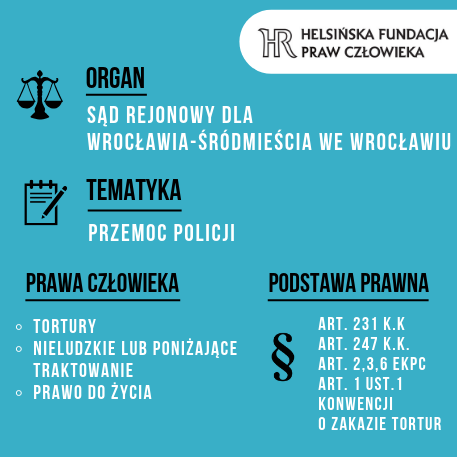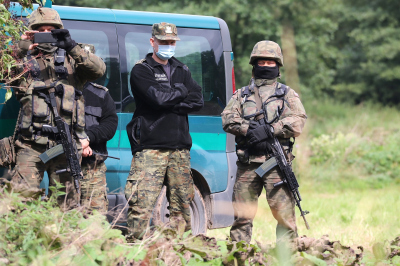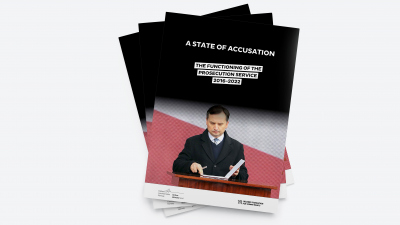
The officer who used the stun device on the victim was sentenced to 30 months in prison, the remaining officers involved received 24-month sentences. At the hearing, the HFHR presented a position statement, pointing to, inter alia, the standards developed by the European Court of Human Rights concerning the conduct of investigations in cases of law enforcement-related deaths.
Case of Igor Stachowiak
Igor Stachowiak died in May 2016 at the Police Headquarters for the Stare Miasto district of Wrocław. As the Provincial Police Commissioner in Wrocław explained to the HFHR in writing, police officers used a stun device on Igor Stachowiak twice, including at the moment when the man had been already handcuffed. In the opinion of the Helsinki Foundation for Human Rights, the case of Mr Stachowiak’s death is particularly important. It has become the subject of heated public debate and is extremely important in the context of building a culture of intolerance towards torture.
The Helsinki Foundation for Human Rights had submitted its motion to intervene in the case concerning the death of Igor Stachowiak before the first hearing, which took place on 12 July 2018. Four persons were charged with abuse of police powers and the mental and physical abuse of the man.
CPT addresses Igor Stachowiak’s case
The European Committee for the Prevention of Torture and Inhuman or Degrading Treatment or Punishment took note of the case in 2017. As a result, CPT issued recommendations indicating that the use of tasers should be subject to the principles of necessity, subsidiarity, proportionality, advance warning (where feasible) and precaution. In its post-visit report, the Committee recommended that particular attention should be paid to reiterating to all police officers instructions regarding the proper use of electric discharge weapons (tasers) and to enforcing those rules. The CPT noted in this context, that “it should be made clear to all police staff that electric discharge weapons may only be used when there is a real and immediate threat to life or risk of serious injury. Recourse to such weapons for the sole purpose of securing compliance with an order is inadmissible.”
The CPT further requested “to be provided, in due course, with information on the outcome of the investigation into the death of Mr Stachowiak, including information on any disciplinary and criminal sanctions imposed. The Committee requests to be provided with information about the concrete investigative steps taken and copies of all procedural decisions and forensic medical reports drawn up in the context of this case, as well as good-quality colour copies of any photographs taken and reports on the on-scene investigations.”
HFHR issues statement
In its position statement, the HFHR presented the standards developed by the European Court of Human Rights concerning the conduct of investigations in cases of law enforcement-related deaths. These standards are intended to allow the court to respond to the question of whether the taking of evidence in that case has been conducted in a complete and effective manner. At the same time, the HFHR presented how the European Court of Human Rights understands the notion of “torture”. The Foundation also drew the court’s attention to the possibility of the practical application of Article 1(1) of the Convention against Torture, which sets out the definition of torture. These standards are intended to assist in answering the question of whether the use of X2 Taser has resulted in inhuman or degrading treatment or torture.


